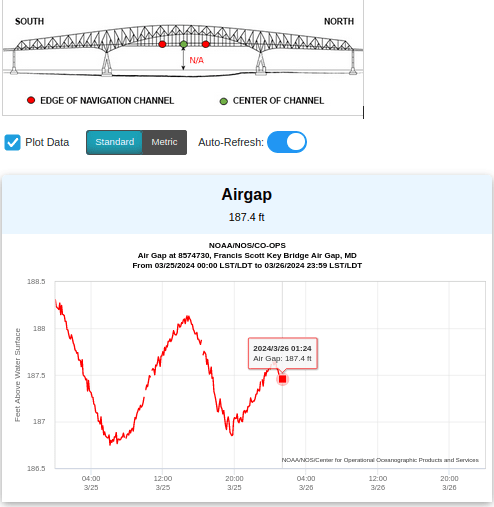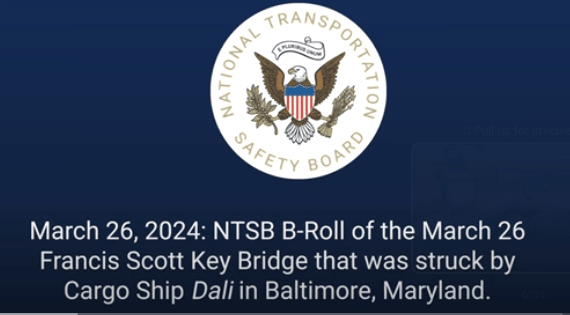Tomfh
Structural
- Feb 27, 2005
- 3,546
Follow along with the video below to see how to install our site as a web app on your home screen.
Note: This feature may not be available in some browsers.

spalso said:The fenders around the San Francisco Bay Bridge protected the piers from the Cosco Busan, in 2007. A fully loaded container ship, as I recall. One could even think that they were NOT a defective design.
phamEng said:despite the size of these ships...the crew is really small. 20-30 people.
enginesrus said:The real question is who pays for it?
Insurance or the company that owns the ship? Or yeah the other option.
dik said:That's what I'm wondering. At the time of the power failure, was it already to late to avoid the collision? ... even if they were in the right spot at the right time?
TugboatEng said:If it's a Himsen engine …

